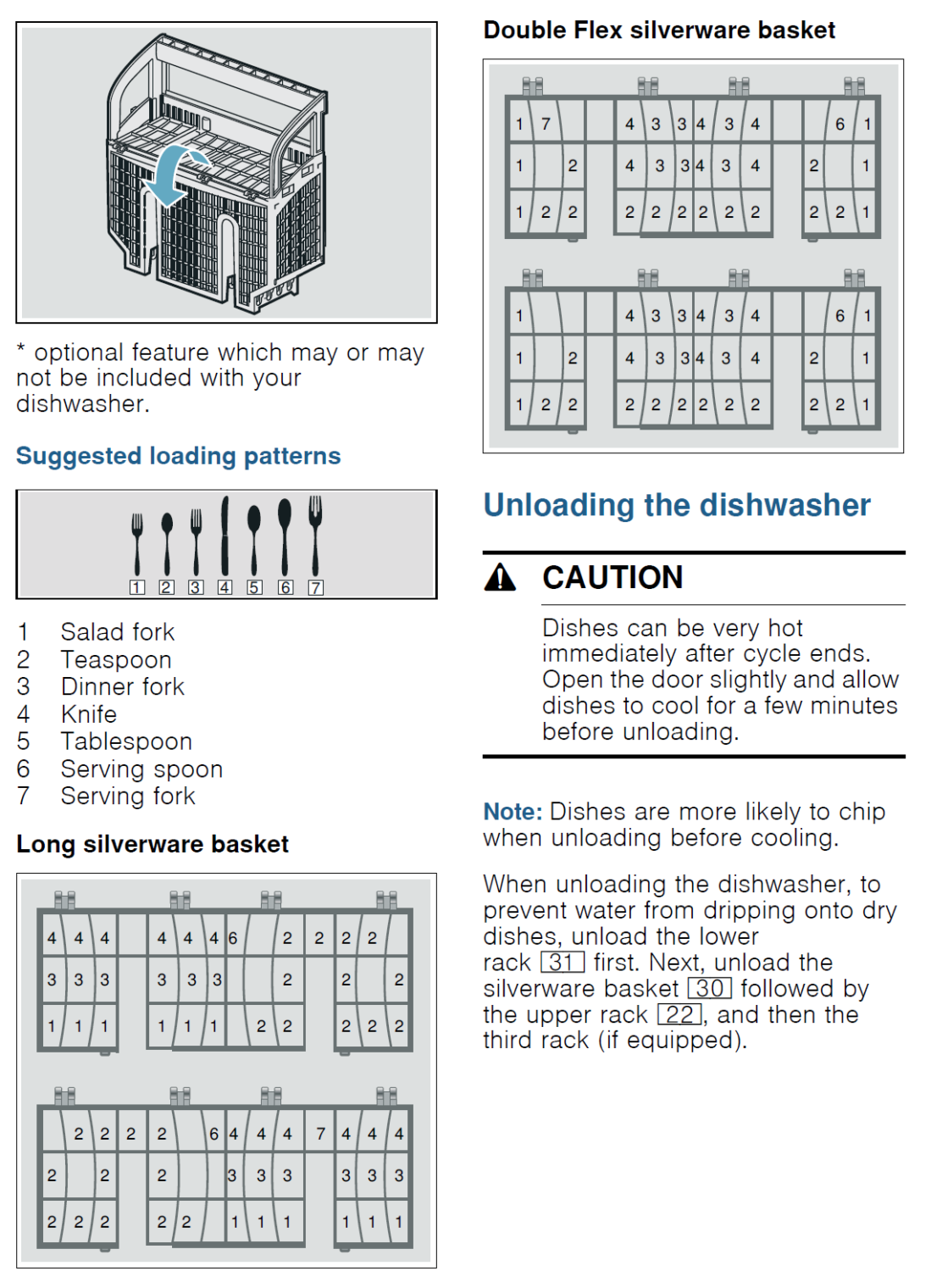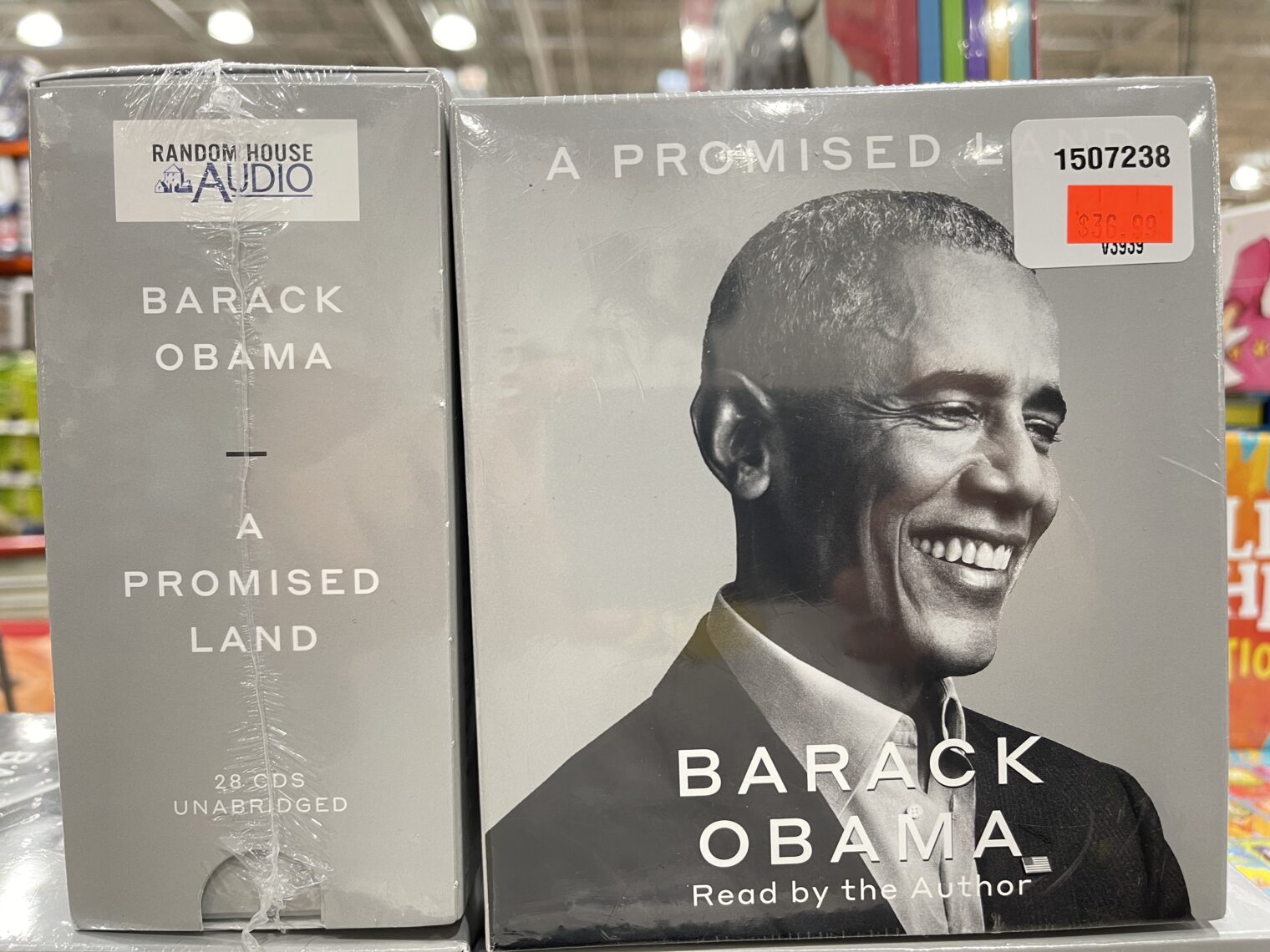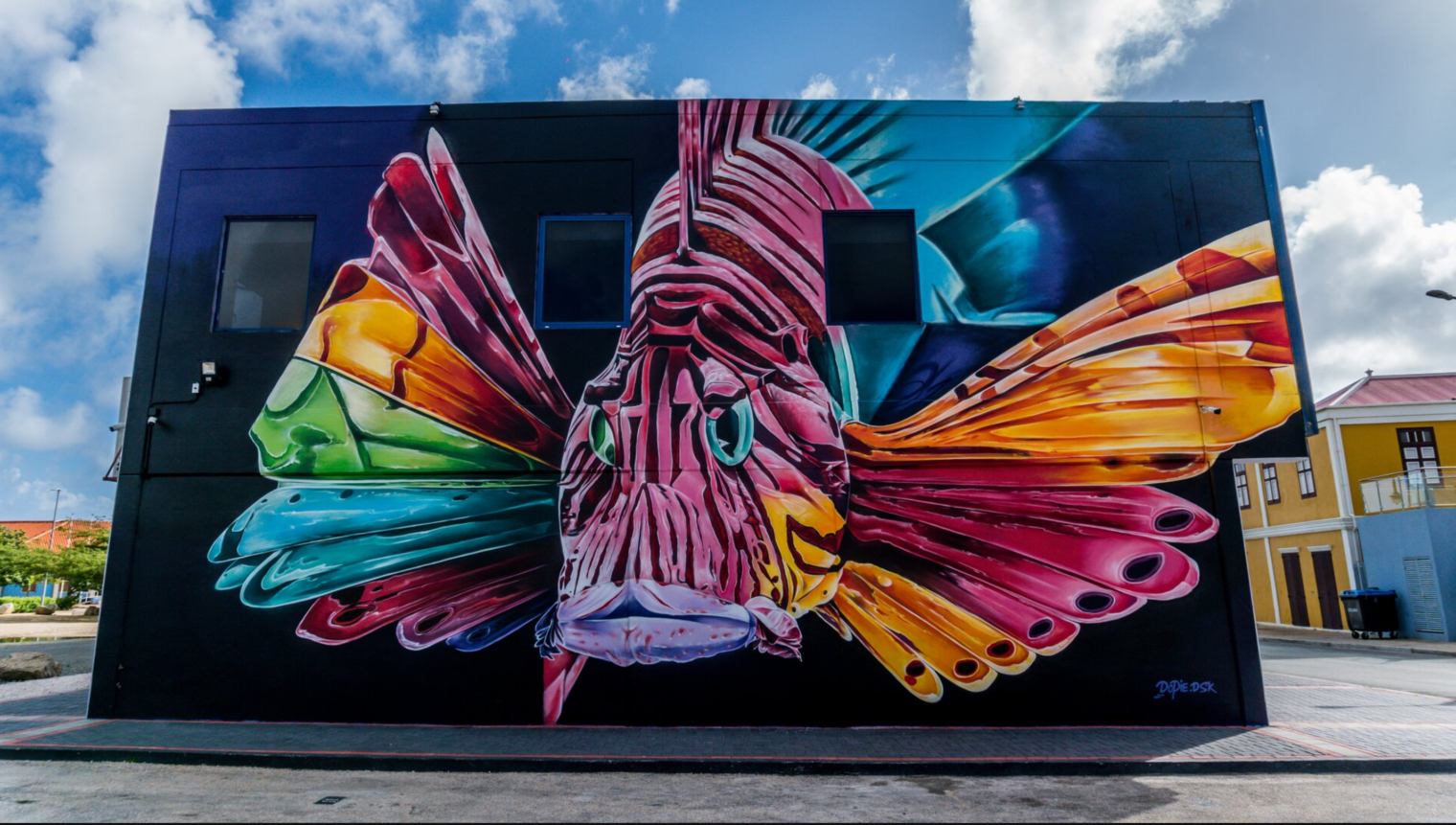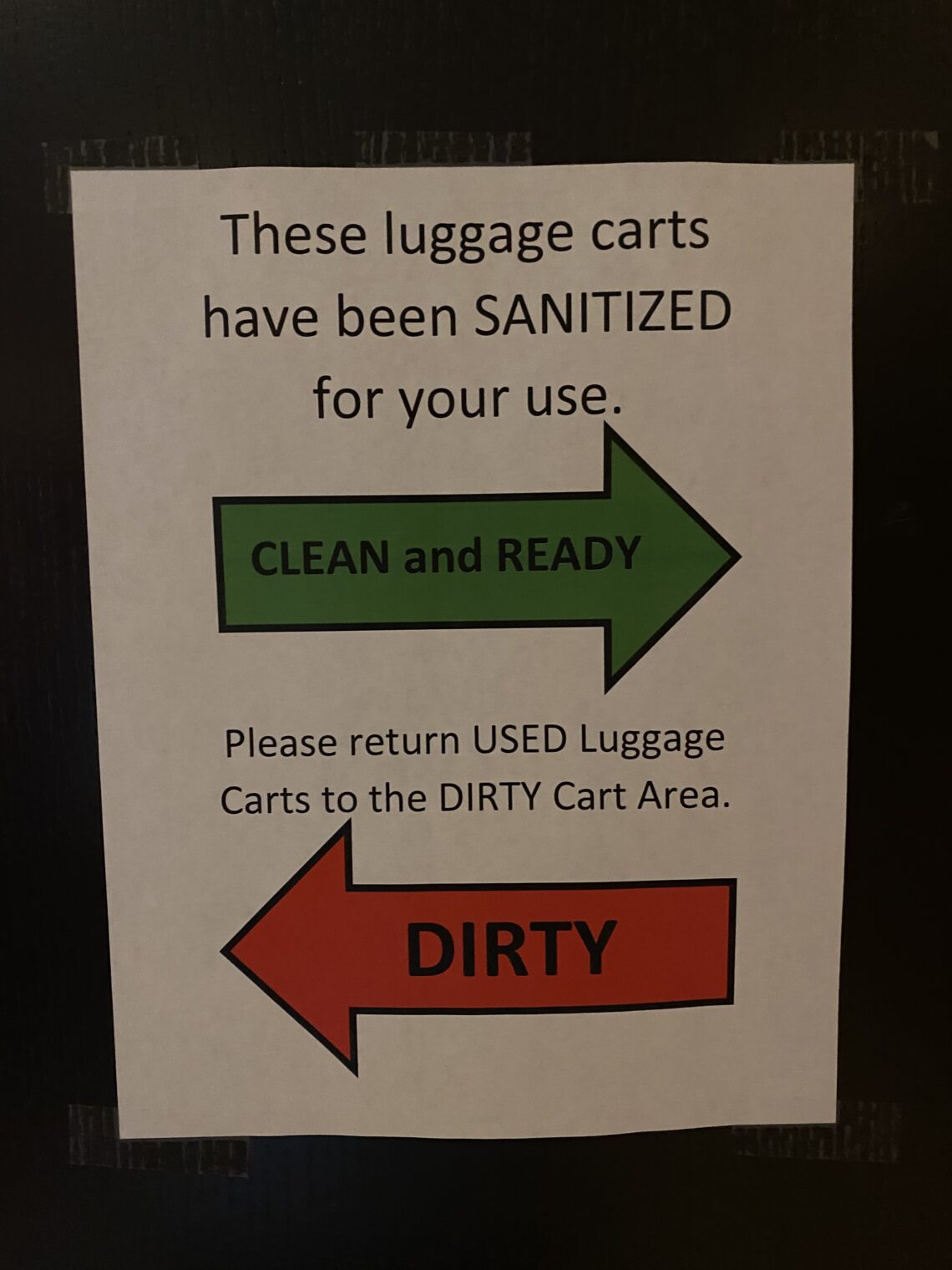The latest Edward Tufte book: Seeing with Fresh Eyes
From the world’s leading expert on how information presentation affects decision making, a new book: Seeing with Fresh Eyes.
A new book on information design is either extremely timely, if you believe that humans are making data-driven decisions regarding coronaplague, or mostly for post-vaccine reading, if you believe that humans are using “science” and data to confirm already-held beliefs regarding what should be done.
As with previous books by Professor Tufte, the teachings are via positive and negative examples. The reader can dip into the book at any point and if you don’t get something that you can use from one example, you might from the next.
Pages 48-53 provide interesting demonstrations of the dramatic impact of breaking up a continuous paragraph with newlines.
Page 66 looks at a word tree from a book by Galileo and also “stacklists”, a way of formatting words that would be tough to replicate in HTML and certainly isn’t supported by WYSIWYG editors.
A healthy (so to speak) fraction of the book deals with data in medical contexts. Sample:
Screening tests produce many false alarms, terrifying millions of healthy people. False alarms cascade into more tests. Mass screenings are now regarded as dubious–because of false alarms, harms, and failure to reduce all-cause mortality. … Since survival time = time from diagnosis to death, early diagnosis can create statistical illusions of improved survival times. And false alarms, if their falsity is not detected, lead to treatments of patients for a disease they don’t have.
(The latter point is the true magic of screening tests. The annual mammogram that Americans eagerly adopted circa 1990 resulted in improved five-year survival statistics… because people who didn’t have breast cancer and who nonetheless received treatment for breast cancer were unlikely to be dead from breast cancer five years later.)
On page 94, Professor Tufte provides what I think is the best example of survivorship bias: “Most medieval castles were made of wood. We think most were made of stone because of survivor bias.”
As the author of the world’s first web-based electronic medical record system, Tufte’s lambasting of the EHR is a little painful to read, but I’ve written some similar stuff here! (see, for example, Doctors willing to say that the electronic medical record emperors have no clothes)
Page 108 provides “a short list of medical reversals,” many of which were due to misinterpretation of data.
Faith that government experts and regulators will save us from coronavirus? Page 112:
Every single oxycodone pill was approved by the U.S. Food and Drug Administration, and was made by licensed drug companies, prescribed by licensed doctors, sold by licensed pharmacists. All 72,000,000,000 pills (500 pills/U.S. household) were tracked to the exact place/time/amount of sale by the Drug Enforcement Agency.
(See Who funded America’s opiate epidemic? You did.)
The above paragraph subtly shows a Tufte principle by placing the 72 billion pills in context with “500 pills/U.S. household.”
Readers know how passionate and frustrated I am about dishwashers. Page 18 singles out a particularly bizarre Bosch owner’s manual page. A similar one from our latest Bosch:
Who back in Germany thought that there was someone in the U.S. who was going to follow this plan? (Or that this was an effective way to communicate it?)
Computer programmers will appreciate page 14, pointing out the importance of spacing and formatting for source code.
Some of the last pages relate what Tufte has learned from teaching 930 one-day courses to 320,000 students and are worth reading for anyone who wants to give effective presentations. (The one-day course is now offered in an online video version that includes a complete set of the hardcopy books.)
The organization and formatting makes this more challenging than some of Professor Tufte’s earlier works, but it should reward study. A great Christmas gift for anyone who has the preceding four books!
Related (read these first if you’re new to Tufte):
- The Visual Display of Quantitative Information (book 1)
- Envisioning Information (book 2)
- Visual Explanations (book 3)
- (or get the full set in one package from edwardtufte.com)
And, what do we think of this U.S. map in which every state, except Hawaii, is presented in the same color? (from www.covidexitstrategy.org, which Maskachusetts officialdom uses to decide whether or not to fine residents $7,000 or not if they choose to travel)








